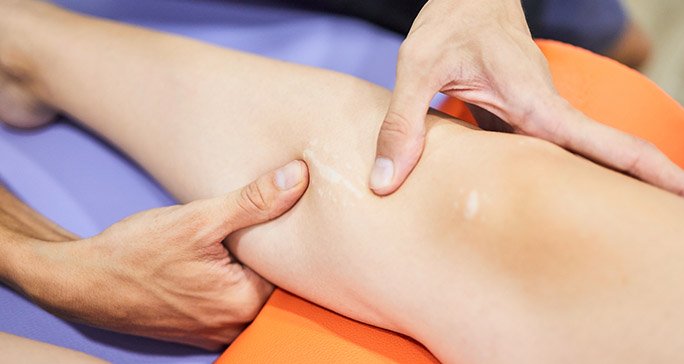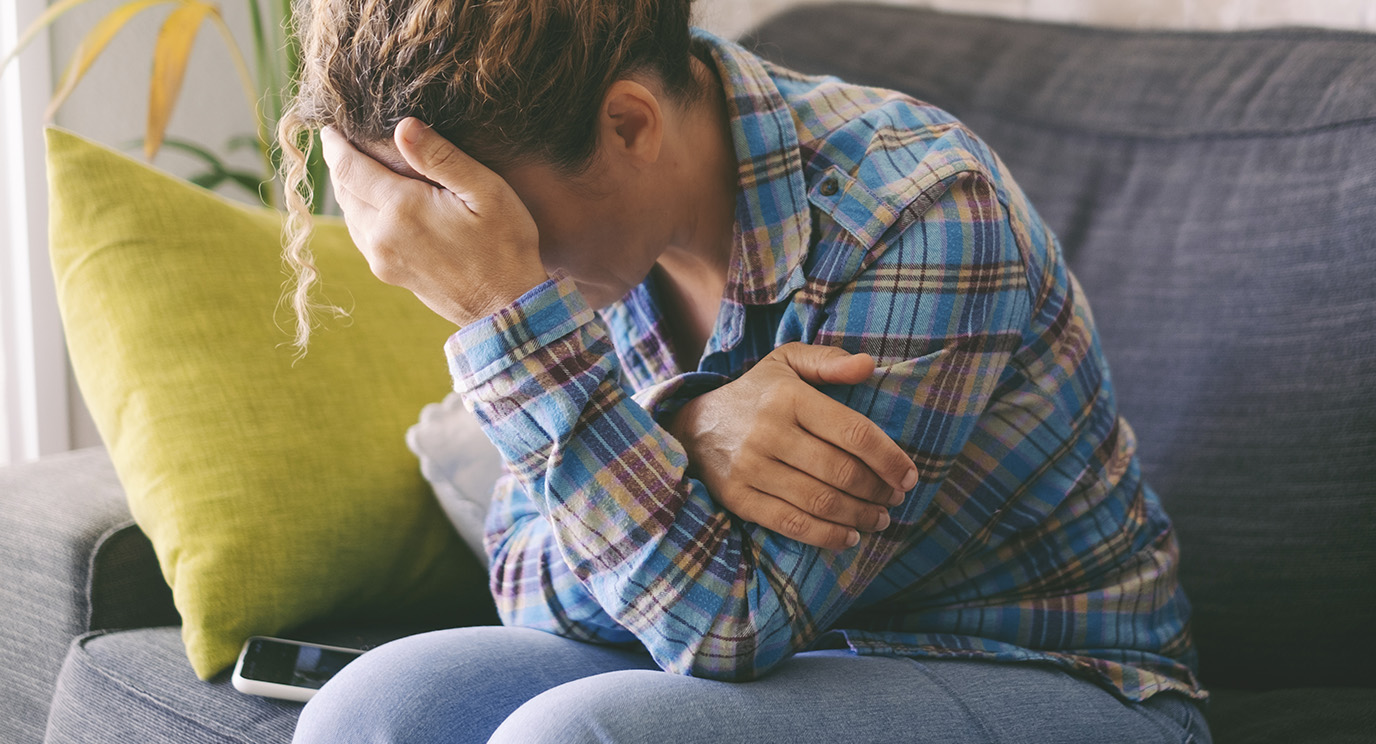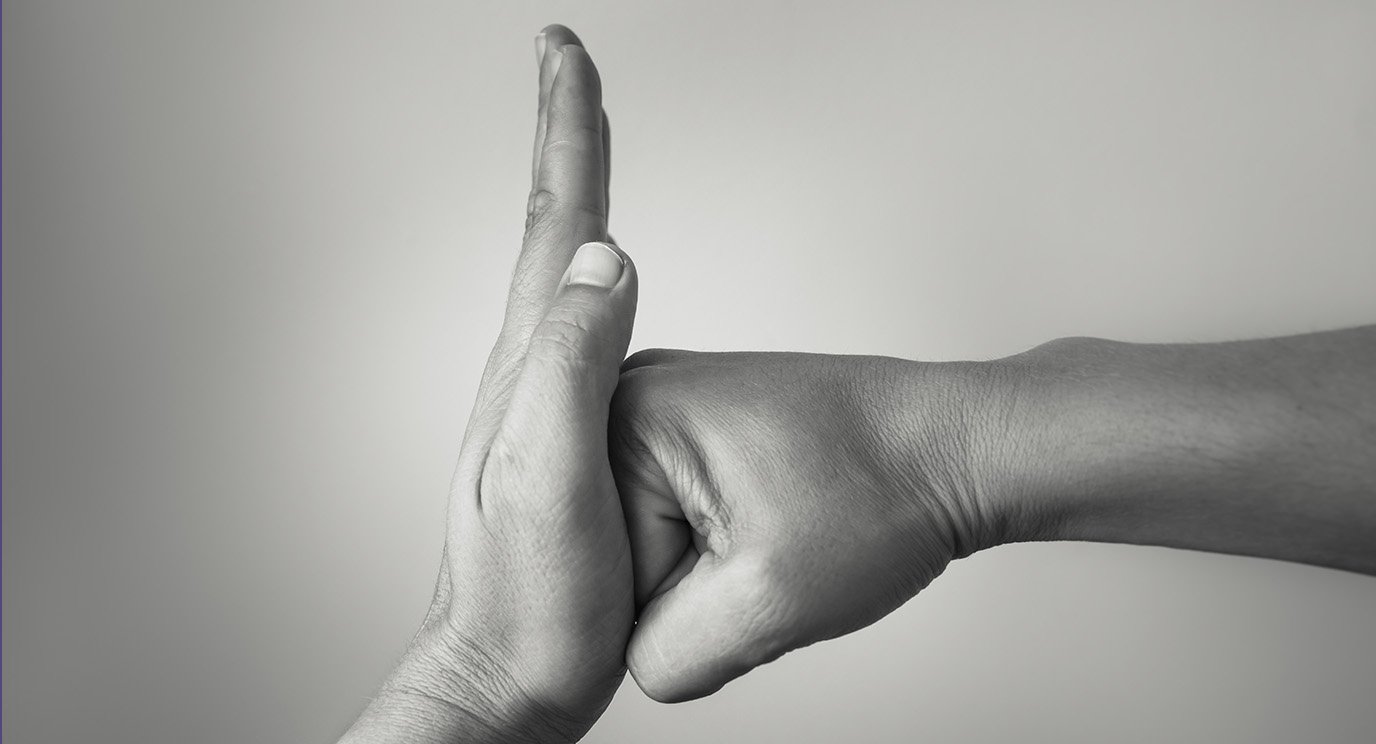- Diseases
- Acoustic Neuroma (14)
- Adrenal Gland Tumor (24)
- Anal Cancer (66)
- Anemia (2)
- Appendix Cancer (16)
- Bile Duct Cancer (28)
- Bladder Cancer (68)
- Brain Metastases (28)
- Brain Tumor (228)
- Breast Cancer (716)
- Breast Implant-Associated Anaplastic Large Cell Lymphoma (2)
- Cancer of Unknown Primary (4)
- Carcinoid Tumor (8)
- Cervical Cancer (154)
- Colon Cancer (164)
- Colorectal Cancer (110)
- Endocrine Tumor (4)
- Esophageal Cancer (42)
- Eye Cancer (36)
- Fallopian Tube Cancer (6)
- Germ Cell Tumor (4)
- Gestational Trophoblastic Disease (2)
- Head and Neck Cancer (6)
- Kidney Cancer (124)
- Leukemia (344)
- Liver Cancer (50)
- Lung Cancer (288)
- Lymphoma (284)
- Mesothelioma (14)
- Metastasis (30)
- Multiple Myeloma (98)
- Myelodysplastic Syndrome (60)
- Myeloproliferative Neoplasm (4)
- Neuroendocrine Tumors (16)
- Oral Cancer (100)
- Ovarian Cancer (170)
- Pancreatic Cancer (166)
- Parathyroid Disease (2)
- Penile Cancer (14)
- Pituitary Tumor (6)
- Prostate Cancer (144)
- Rectal Cancer (58)
- Renal Medullary Carcinoma (6)
- Salivary Gland Cancer (14)
- Sarcoma (236)
- Skin Cancer (294)
- Skull Base Tumors (56)
- Spinal Tumor (12)
- Stomach Cancer (60)
- Testicular Cancer (28)
- Throat Cancer (90)
- Thymoma (6)
- Thyroid Cancer (98)
- Tonsil Cancer (30)
- Uterine Cancer (78)
- Vaginal Cancer (14)
- Vulvar Cancer (18)
- Cancer Topic
- Adolescent and Young Adult Cancer Issues (20)
- Advance Care Planning (10)
- Biostatistics (2)
- Blood Donation (18)
- Bone Health (8)
- COVID-19 (362)
- Cancer Recurrence (120)
- Childhood Cancer Issues (120)
- Clinical Trials (622)
- Complementary Integrative Medicine (24)
- Cytogenetics (2)
- DNA Methylation (4)
- Diagnosis (226)
- Epigenetics (6)
- Fertility (62)
- Follow-up Guidelines (2)
- Health Disparities (14)
- Hereditary Cancer Syndromes (122)
- Immunology (18)
- Li-Fraumeni Syndrome (8)
- Mental Health (118)
- Molecular Diagnostics (8)
- Pain Management (62)
- Palliative Care (8)
- Pathology (10)
- Physical Therapy (18)
- Pregnancy (18)
- Prevention (890)
- Research (388)
- Second Opinion (74)
- Sexuality (16)
- Side Effects (602)
- Sleep Disorders (10)
- Stem Cell Transplantation Cellular Therapy (216)
- Support (404)
- Survivorship (322)
- Symptoms (184)
- Treatment (1768)
Anxiety 101: Why you feel anxious and what you can do about it
BY Lauren Adams
6 minute read | Published April 27, 2022
Medically Reviewed | Last reviewed by an MD Anderson Cancer Center medical professional on April 27, 2022
Anxiety is a normal reaction to a perceived threat or stressful situation. It can range from mild nervousness to a full-blown panic attack. In some cases, it may be helpful; in others, it may not.
The nervousness you feel before a work presentation, for instance, might spur you to prepare for it a little better, giving you more confidence when the time comes to actually deliver it. But the fear you feel before cancer treatment or a medical scan doesn’t really help anyone.
Problems arise when we feel more anxious than a given situation warrants, or it interferes with our ability to work, sleep, and interact normally with others.
Here are some tips to help you better understand why you’re feeling anxiety, and what you can do to relieve it.
What does anxiety feel like?
Anxiety can cause a wide range of feelings. You could experience a general sense of worry about the future, a sensation of tension in your head and shoulders, or an urge to avoid certain people or situations.
Other physical symptoms of anxiety may include:
- Rapid heartbeat
- Quick, shallow breathing
- Nausea
- Chest pain
- Light-headedness
- Fear of dying
- Tingling sensation or numbness
- Upset stomach/urge to empty your bladder or bowels
All of these physical effects are nature’s way of preparing you for “fight or flight” — in other words, a fight for your life or a quick sprint away from danger to save it. So, there’s nothing wrong with you for feeling this way, and you’re not crazy or broken.
Why do I react like this to stressful situations?
Think back to prehistoric times, when people lived in caves instead of cities. What would’ve been the most significant threat to personal safety?
Back then, it was likely fierce predators like lions, tigers, bears, and so forth, which were all around humans in the natural world. And if you encountered one of those face-to-face, it would make perfect sense to feel anxiety, right?
So, anxiety evolved as a way of helping to keep us out of danger. It gave us an evolutionary advantage by alerting us to when situations were not safe.
Common ways to cope with anxiety
Escaping dangerous predators is a far cry from the types of stressors most people face today. But the feelings we experience now can be just as intense, especially when you’re dealing with a cancer diagnosis or cancer treatment.
The brain and body are always trying to keep us safe by learning what sort of things around us are related to threats. For example, the sound of a predator’s growl or footsteps nearby is a signal that we are unsafe. But when you go through something scary like cancer, your brain starts associating certain sensory memories with being unsafe, whether it’s true or not. That’s why some patients tell me that just the smell of hand sanitizer or the act of putting on a mask can trigger a panic attack.
Fortunately, there are lots of tools available to help. Here are three of the most common:
- Psychotherapy: Talk therapy with a licensed therapist can help identify the sources of your anxiety and find ways to reduce them.
- Medications: Whether they’re taken daily or on an as-needed basis, anti-anxiety drugs work best when used in tandem with psychotherapy. They can only be prescribed by a licensed physician, such as a psychiatrist or your primary care doctor.
- Lifestyle choices: These could be coping mechanisms you use to reduce anxiety in the moment, or conscious choices you make to reduce the overall number of stressors in your life.
Physical activity can help reduce anxiety
Sometimes, just a little aerobic activity can help dispel anxiety, by burning off some of that nervous energy. Jumping jacks, wall jumps and brisk walking are all things you can do almost anywhere to increase your heart rate.
Box breathing can be done anywhere
If you’re not in a place where physical activity is possible, consider a simple breathing exercise instead.
In “box breathing,” also known as “square breathing,” you take four seconds each to perform four different steps, then repeat the sequence at least three times:
- Breathe in through your nose.
- Hold it.
- Breathe out through your mouth.
- Hold it.
It sounds deceptively simple. But it really works, and it’s something you can do almost anywhere — even when you’re having your blood drawn or getting an MRI done.
Use 5-sense grounding to help you refocus
In this exercise, you take several minutes to check in with yourself physically and identify:
- 5 things you can see
- 4 things you can feel
- 3 things you can hear
- 2 things you can smell
- 1 thing you can taste
Refocusing your attention on the physical world really brings you back into the moment. This method is especially helpful when you’re in the throes of an anxiety attack or feeling disconnected from your body.
6-sense self-soothing
This exercise is a little different from the previous one because it involves actions rather than perceptions, even if they’re only in your imagination.
- Sight: Picture a loved one or a beautiful bouquet of flowers in your head.
- Touch: Feel the softness of a fuzzy blanket or the warmth of a bubble bath.
- Sound: Listen to rain falling, a cozy fire crackling, or calming music.
- Smell: Rub a favorite scented lotion on your skin, or burn some candles.
- Taste: Savor a few pieces of sour candy or dark chocolate.
- Movement: Take a leisurely walk or do some gentle stretches.
While these may sound really simple, there’s a lot of research behind them that shows they’re proven ways to make you feel better.
Keep in mind, though, that the “taste” exercise is not a license to eat mindlessly. It’s about being intentional in savoring small quantities of something with a really strong flavor. So, think about the people in those TV commercials who act like they’ve never tasted chocolate before, and try to get that level of enjoyment.
Make a plan to manage anxiety
As our emotional intensity increases, our ability to think clearly decreases. So, take time to experiment with these methods when you’re feeling calm. Then, practice! Make the ones that work best for you as convenient as possible. That may mean storing a hard copy of the steps in your purse or bookmarking a video on YouTube.
The key is to make a plan before you need it. That way, you won’t have to worry about figuring out what to do when you’re stressed in the moment. Because you’ll already know. And you can just look at the plan you made earlier and carry it out.
When to seek help
Anxiety can be uncomfortable, but it’s actually a sign that our bodies and brains are working the way they’re supposed to. Ultimately, anxiety is designed to keep us safe.
But if you find yourself avoiding normal activities, turning to substances like drugs or alcohol for relief, or becoming unusually irritable with your loved ones due to anxiety, it’s probably time to seek help.
MD Anderson patients and their caregivers can get support by contacting Social Work or the Psychiatric Oncology Center, or by sending a message to their care team through myChart.
Request an appointment at MD Anderson online or by calling 1-833-833-4340.

There’s nothing wrong with you, and you’re not crazy or broken.
Lauren Adams
Senior Social Work Counselor





